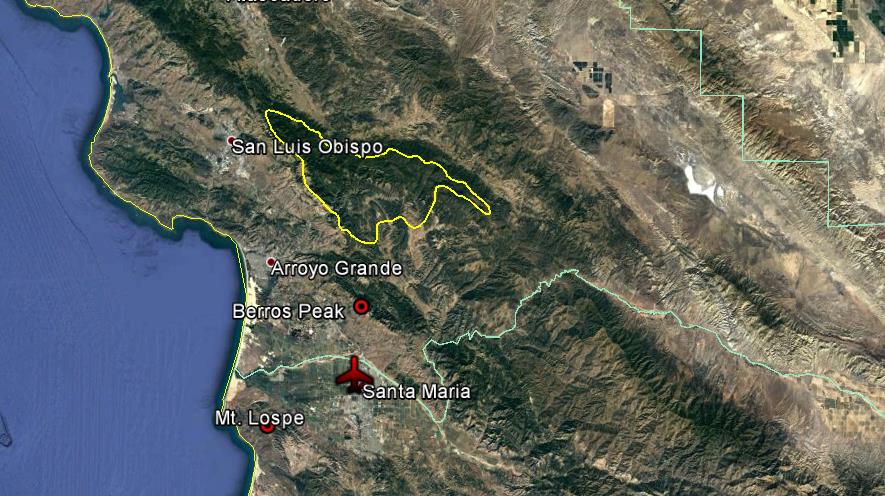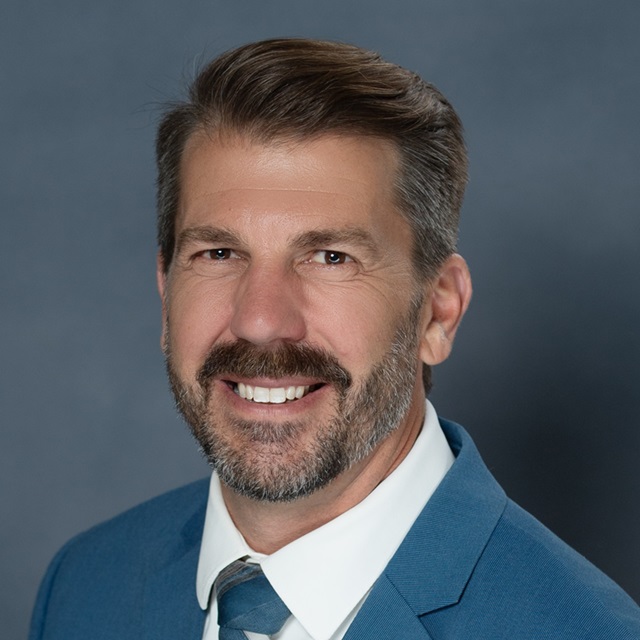Cloud Seeding Program for Lopez Lake
The County of San Luis Obispo Flood Control and Water Conservation District (District) recently initiated Year 2, of a potential 3-year program of the Winter Cloud Seeding Program for Lopez Lake (Zone 3). The project objective is to increase precipitation in the Lopez Lake watershed during winter precipitation events. The seeding program will use a combination of ground-seeding sites and aircraft. For more information, please see Project Updates below.

Project Target Area (yellow)

Cloudseeding Equipment
Project Contacts
For more information please contact David Spiegel via email.
Project Updates
Lopez Watershed Cloudseeding Program - 24/25 Season
ON HOLD – Due to the significant rainfall received in 22/23 and 23/24 the cloud seeding program was suspended on January 9th, 2023, and will be on hold until further notice.
Lopez Watershed Cloudseeding Program - 22/23 Season
On October 18, 2022, the Board of Supervisors approved a contract with North American Weather Consultants, Inc. to implement another 3-year cloudseeding program for the Lopez Reservoir Watershed. This season will utilize aircraft and ground-based sites.
Environmental Document Approved
On August 13, 2019, A public hearing was held and The Board of Supervisors approved a Final Mitigated Negative Declaration (MND) for the Winter Cloud Seeding Program for the Lopez Lake and Salinas Reservoir Watersheds. At the same meeting implementation of a Winter Cloud Seeding Program for Lopez Reservoir in 19/20 was approved. A program for the Salinas Reservoir was not supported at this time.
FAQs
To put it simply, cloud seeding is a process that takes advantage of weather conditions to increase the amount of rainfall produced from clouds.
Cloud seeding helps clouds produce more rain by adding tiny particles to the clouds. Inside the seeded clouds, water vapor freezes onto the particles making the vapor heavier. These heavier frozen particles then fall towards the ground as rain. Cloud seeding does not create new clouds; it increases the amount of rainfall from existing clouds. Cloud seeding typically helps existing clouds produce 10-15% more rainfall than if the clouds were not seeded.
The project does not present a significant safety risk and is not expected to conflict with any regional emergency response or evacuation plan. Other counties, including Los Angeles County and Santa Barbara County, use cloud seeding to enhance their water supply. The County conducted an Environmental Study to identify and minimize any risks.
Yes, on October 18, 2022 the BOS approved an extension to the program for the Lopez Reservoir Watershed. The extension has the potential to run for another three years. The project objective is to enhance rainfall in the upper watershed of Lopez Reservoir. The seeding program utilizes a combination of seeding by aircraft and ground-based sites. It has been estimated that precipitation increases would be between 9% and 17% in the reservoir watershed area.
There is no evidence that suggests cloud seeding creates any significant negative environmental impacts. To understand how any potential risks can be minimized, review the Environmental Study released by the County in February 2018.
The most common material in cloud seeding is silver iodide.
